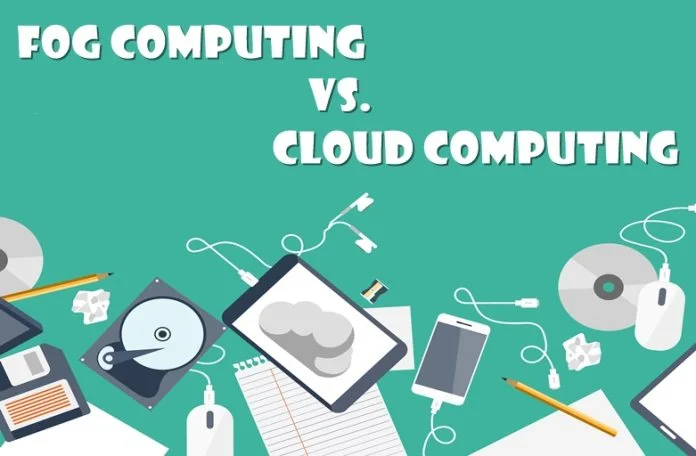Fog and cloud are both computing platforms that allow the company to manage its communication effectively and efficiently.
Fogging, also known as fog computing, is an extension of cloud computing that imitates an instant connection in data centers with its multiple edge nodes over the physical devices.
It establishes a missing link between cloud computing which the cloud and the Internet of Things need to receive and process locally over different nodes.
Fog computing:
Fog networking or edge computing is a decentralized infrastructure where data is processed using an individual panel of the networking edge rather than hosting or working on it from a centralized cloud.
It provides access to the entry point of the different service providers to compute, store, communicate, and process data over the networking area.
It is difficult for a cloud platform to respond on time to each device, sensor, and application on time as the amount of data generation and transfer over the internet is huge.
Fog computing is deployed by using nodes over the network. Firstly the signal is transmitted from an IoT device, and then data is sent through a protocol gateway at each node.
The data is processed at the end of the nodes on the smart devices to segregate information from different sources at each user’s gateways or routers.
Benefits of Fog Computing:
- It is less expensive to operate with fog computing as users can host and analyze data on local devices rather than transferring it to any cloud device.
- It helps to facilitate and control business operations at par by deploying fog applications as per the user’s need.
- Fogging offers different choices to users for processing their data over any physical device.
Cloud computing:
Cloud computing is the on-demand deliverability of hosted services over the internet. It allows users to access information over a remote location without any restriction within a specific place.
The working of cloud computing has two components, which include the front-end layer and the back-end layer.
The front end is the user side, which allows accessing data present in the cloud over the browser or the computing software.
The back end is the system cloud section which is responsible for securing and storing data. Both these components are integrated to provide the user with a seamless networking platform and manage traffic on the ground.
Benefits of Cloud Computing:
- It works on a pay-per-use model where users have to only pay for the services they are availing for a given period.
- Cloud user can increase their functionality quickly by accessing data from anywhere as long as they have net connectivity.
- It enhances cost saving with easy workload shifting from one cloud to another cloud platform.
Difference between Fog Computing and Cloud Computing:
Information:
- Fog computing can receive real-time data from IoT devices using any protocol.
- Cloud computing receives and summarizes data from different fog nodes.
Structure:
- The fog has a decentralized architecture where information is located over different nodes at the user’s closest source.
- Cloud has a large amount of centralized data centers which makes it difficult for the users to access information at their closest source over the networking area.
Security:
- Fog is a more secure system as it has various protocols and standards which reduces its chance of collapsing while networking.
- As the cloud runs over the internet, its chances of collapsing are high in the case of undiagnosed network connections.
Components:
- The fog has some additional features other than the ones provided by the cloud’s components which enhance its storage and performance at the end gateways.
- Cloud has different parts like front-end platforms (e.g., mobile devices), back-end platforms (storage and server), cloud delivery, and networks (internet, intranet, intercloud).
Responsiveness:
- The response time of the system here is relatively higher than that of the cloud as fogging first segregates the data and then sends it to the cloud.
- Cloud doesn’t provide any segregation in data while transmitting data at the service gate, thereby increasing the load and thus making the system less responsive.
Application:
- Edge computing can be highly beneficial for smart city traffic management, automating smart buildings, visual security, self-maintaining trains, wireless sensor networks, etc.
- E-commerce software, word processing applications, online file storage, web applications, image album creation, diverse applications, etc can integrate cloud computing.
Conclusion:
The demand for information is rising overall networking channels. To cope with this, people utilize services such as fog computing and cloud computing to manage and transmit data quickly to the users’ end.
However, fog computing is a more viable option in terms of managing a high degree of security patches and reducing bandwidth issues.
Fog computing allows us to locate data over each node on local resources, thus making data analysis more accessible.
Recommended For You:
Applications of Fog Computing: Across Various Industries
How IOT will impact IT service management (ITSM)
Cloud Computing with AWS – An Introduction to Amazon Web Services
Fog vs. Mist Computing: Difference between the two

